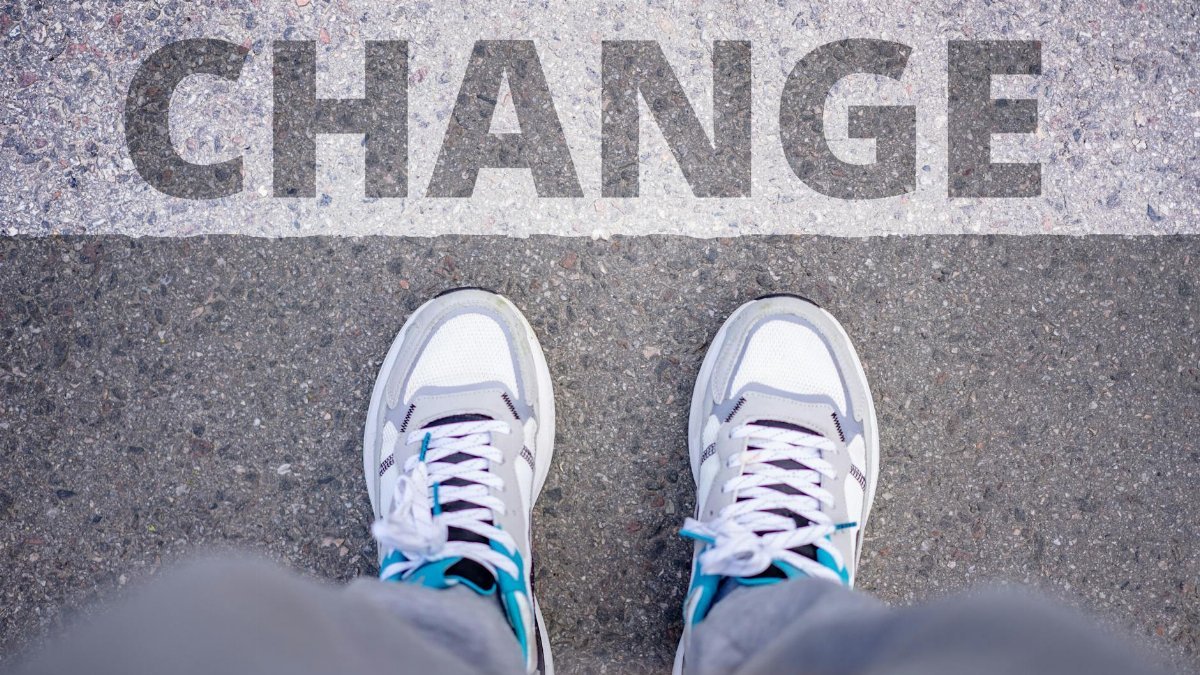In a world buzzing with distractions, peace presence emerges as a game-changer for mental clarity. Simply put, peace presence is the mindful state of being fully present while embracing inner calm, free from judgment. It matters because studies show it can reduce stress by up to 40%, helping people navigate daily chaos with greater resilience. As more Americans turn to this practice amid rising anxiety levels, it’s reshaping how we perceive challenges and opportunities alike.
Origins of Peace Presence

The concept of peace presence draws from ancient mindfulness traditions, blending Eastern philosophies with modern psychology. Rooted in practices like Zen meditation, it emphasizes staying grounded in the now without forcing positivity. Experts trace its popularity surge to the post-pandemic era, when isolation highlighted the need for internal stability. In 2025, wellness apps are incorporating peace presence modules, making it accessible to beginners seeking quick mental resets.
Core Components Explained

At its heart, peace presence involves three key elements: awareness, acceptance, and non-reactivity. Awareness means tuning into your thoughts and surroundings without distraction. Acceptance invites you to acknowledge emotions as they are, rather than suppressing them. Non-reactivity prevents knee-jerk responses, fostering thoughtful actions. Therapists often recommend starting with five-minute daily sessions to build these habits effectively.
Impact on Daily Perception

Practicing peace presence alters how you view everyday situations. What once seemed overwhelming, like a heated argument or work deadline, becomes manageable through detached observation. Users report heightened empathy, as the practice encourages seeing beyond surface conflicts. In professional settings, it boosts focus, with some companies integrating it into training programs to enhance employee productivity and satisfaction.
Scientific Backing

Research supports the benefits of peace presence. A study from the University of California found that regular practitioners experienced lower cortisol levels, linking directly to reduced anxiety. For more details, check the UC Davis Mindfulness Research page. Another report from the National Institutes of Health highlights its role in improving emotional regulation, available at NIMH Mindfulness Overview.
Common Challenges Faced

Not everyone finds peace presence easy at first. Distractions from technology often pull focus away, while deep-seated habits of self-criticism can hinder acceptance. Beginners might feel frustrated by wandering thoughts, mistaking them for failure. Experts advise patience, suggesting guided sessions to overcome these hurdles. Over time, consistent effort turns these obstacles into stepping stones for growth.
Practical Applications in Life

Apply peace presence in real scenarios, like during commutes or family dinners. In high-stress jobs, a quick breathing exercise can restore calm before meetings. Parents use it to respond thoughtfully to children’s tantrums, improving household dynamics. Fitness enthusiasts pair it with yoga for enhanced mind-body connection, reporting better workout outcomes and recovery.
Personal Stories of Transformation

Take Mark Thompson, a New York accountant who adopted peace presence after burnout. “It changed how I see setbacks,” he says. “Instead of spiraling, I observe and move forward.” Similar accounts flood online forums, with users crediting it for mending relationships and boosting confidence. These anecdotes underscore its potential for profound, personal shifts.
Integrating into Routines

Start small to weave peace presence into your day. Set aside moments for silent reflection, perhaps during morning coffee. Apps like Calm offer tailored guides, easing the process. Track progress in a journal to note perceptual changes, such as viewing criticism as feedback rather than attack. In 2025, community groups are forming to support collective practice.
Broader Societal Effects

Beyond individuals, peace presence influences communities. Schools are introducing it to help students manage emotions, potentially curbing bullying. In workplaces, it promotes inclusive environments by encouraging empathetic leadership. As societal tensions rise, advocates argue it could foster collective resilience, turning divided groups into collaborative ones through shared calm awareness.
Future Directions

Looking ahead, peace presence might evolve with tech innovations like VR simulations for immersive practice. Researchers are exploring its applications in therapy for conditions like PTSD. With growing evidence, expect more integration into healthcare protocols. For now, its simplicity remains its strength, offering anyone a tool to redefine their worldview.
